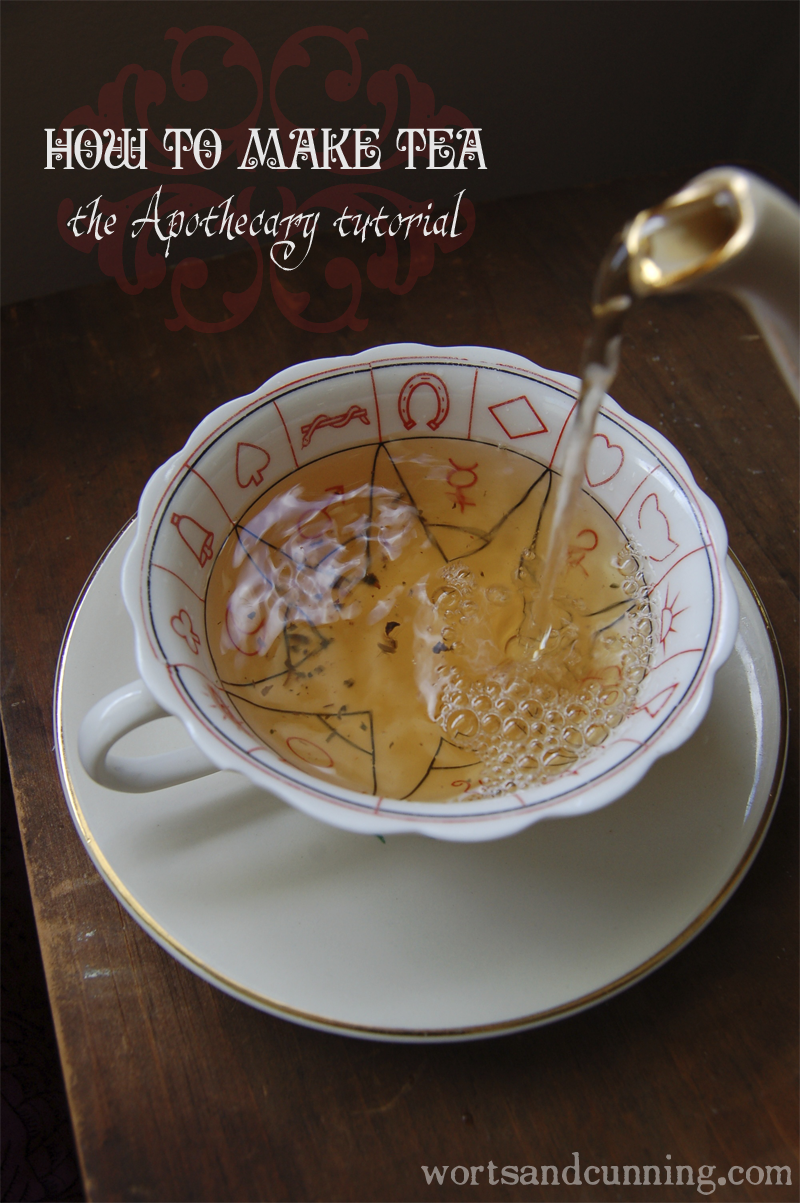A History of Thievery: Making Medicinal Vinegars

Death Plays with Medicine, Hartman Schedel, 1493 via Histoire de la Medecine
What is full of essential amino acids, vibrant enzymes, vitamins, and minerals and balances the bodies acid/alkaline state and tastes good?
Apple cider vinegar!
In the body, apple cider vinegar diminishes thirsts, helps to relieve feelings of restlessness, manages fevers, and has an overall cooling effect. Externally, apple cider vinegar keeps skin smooth, treats sprains and bruises, checks perspiration odor, and relieves inflammation and itching. Making medicinal vinegars is abundantly easy. They are great alternatives to alcohol and glycerine based extracts and have a long history of use in western herbalism. Ever heard of the infamous Four Thieves Vinegar?
One version of the legend has it that four thieves were robbing the dying or dead during the height of the European plague and when they were finally caught they made a deal with their captors. In exchange for freedom they would reveal the secret that kept them from succumbing to the deadly disease. Four Thieves Vinegar was the recipe that was revealed.
Want to make some Four Thieves Vinegar of your own?
It's easy!

First, find yourself some good, unpasturized (raw), preferably local, apple cider vinegar. Delight in its golden glow!
Next, you will need equal parts of the following dried herbs for your thieving vinegar of health and wellbeing:
- Sage (Salvia officinalis)
- Lavender (Lavandula officinalis)
- Lemon Balm (Melissa officinalis)
- Rosemary (Rosemarinus officinalis)
- Thyme (Thymus vulgaris)

It is important to use dried herbs for this recipe, with the exception of our next ingredient, to reduce the possibility of spoilage with the addition of any water content to the recipe. In my experience, vinegar is an excellent and trusted preservative, but it is always best to use caution.

Our next ingredient is fresh garlic and a small onion, both excellent and zesty foods for colds and the 'flu.

Combine equal parts of each of the herbs and mix them into a course powder with a mortar and pestle, electric grinder or willpower. Place all herbs, garlic, and onion into a clean jar and cover with raw apple cider vinegar. Shake!

Let all the contents settle and top off with more apple cider vinegar, if necessary, so there is an inch of vinegar resting above the herbs. Cap tightly (put a wax paper between jar and cap if using a metal lid to prevent erosion), label with the ingredients and date made as well as the date it should be decanted, shake and sing to daily. In about three weeks time your brew will be ready. Strain the herbs from your vinegar and enjoy your super vinegar elixir! You can take one teaspoon up to four times daily when feeling sick or to prevent feeling like you have the plague. You can also add some to your salads as a dressing which is one of my favorite ways to get my daily dose of medicinal vinegar.












